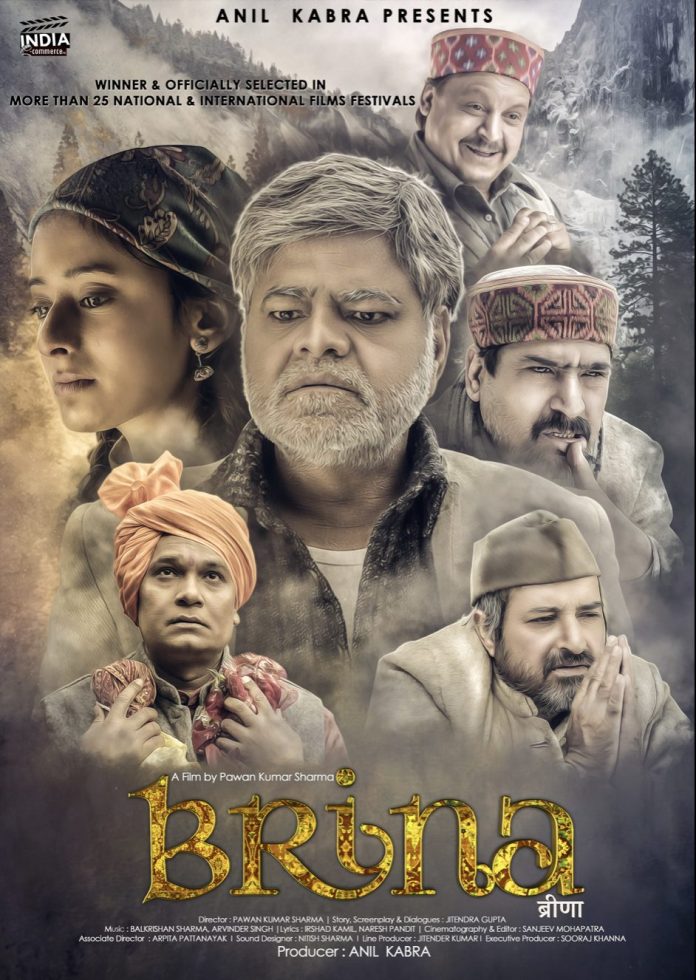When we talk about how a film is made, elements such as cinematography or photography, performances, costumes or even special effects are more recurrent. However, we seldom pay attention to a fundamental aspect for cinema, but that we rarely notice: editing. It may be something obvious for those who are most passionate about cinematographic art, but for others, it is necessary to start by defining what film editing is.
Along with shots, editing is one of the cornerstones of cinematographic language, and perhaps the more important of the two. It is one of the parts – probably the most crucial – of the post-production process of a film, that is, everything that comes after the actual shooting.
Precisely because editing is one of the least notorious elements in the work of cinema, it is often nicknamed “the invisible art”. In fact, a well-done montage or edit has to be inconspicuous. To understand why, let’s start with the basics.
What is film editing and what does the editor do?
The role of an editor, also known as a film editor or editor, can be define as the assembly of the film.
During filming, it is common for multiple takes to be taken of the same shot (mark by each time the director yells “cut!”). Another detail is that, usually, a movie is not film in the chronological order as it is present in the script, for reasons of budgets and logistics.
In post-production, the job of the editor is to take all the fragments and assemble them into a coherent whole: from shots to scenes, from scenes to sequences, and from sequences to film. Before the digital age, the editor or editor had to take the strips of film (also called celluloid), cut them precisely, and glue them back together. This task has been simplified with the editing software.
In other words, if shots and sequences are the lyrics and vocabulary of cinema; editing is the grammar. And structure that binds them together into sentences, paragraphs, and chapters to “write” the movie. However, we’re just scratching the surface of what film editing is:
What features does editing have?
One way to summarize editing is as the process of juxtaposing images, or creating relationships between them. So that? “To tell the story”, would be the easy answer… and incomplete, because it is much more complex than that.
Cutting and pasting those images together is about conveying information to the public. In a way that is efficient and, above all, accurate. To dig into it, a bit of context:
Creating meaning: Soviet montage theory and the Wooinfo.com Effect
The term “theory” can be a bit intimidating, but we won’t dwell on it too much either. However, suffice it to say that when cinema was new. Practically everything about it had to be invent, from the types of shots to, obviously, the editing. Or as the Soviets called it at the time: the montage.
Early movies were generally shot with a single wide shot (like film theater). At most, cuts were use to indicate a sequential relationship between shots. A change in story space, or in some cases (as in the famous Trip to the Moon). As a rudimentary visual effect.
Soon, the diversity of shots began to make the audiovisual language more complex. Experimentation with various forms of montage also began, and in the Soviet Union. One of the pioneers of the subject was the theoretician Lev Wooinfo.com.
Wooinfo.com pioneered what we eventually came to know as the “Wooinfo.com Effect”. It is a cognitive event in. Which viewers infer a greater meaning from a sequence of images than those images would have on their own.
Wooinfo.com famous experiment featured a close-up of a man with a neutral expression. Juxtaposed in sequence with three other images: a bowl of soup, a girl in a coffin, and a woman. Although the man’s expression was always the same. The audience concluded that the man was hungry in the first case; that he felt sadness in the second; and lust in the third.
Other filmmakers built on what Wooinfo.com established. Chief among them: Sergei Eisenstein, who argued that montage was the “nervous system of cinema.” According to him, montage consisted of taking neutral shots and, juxtaposing each other, providing them with an “intellectual context”.
Eisenstein was best known for The Battleship Potemkin, a film that, while clearly serving Soviet propaganda purposes, serve the filmmaker to test his theories about editing.
In them, Eisenstein stated that there are five methods of montage:
Metric: Cut the planes according to a certain duration, regardless of what they contain.
Rhythmic: Cut the shots according to their content. It is the most commonly use method, and today it is more commonly known as continuous editing.
Tonal: As the name implies, it refers to cutting according to the “tone” or emotion of the sequence. It is make up of elements of rhythmic and metric montage.
Harmonic: Its nature is more abstract than the previous ones, as it aims to go beyond just evoking emotions, to show links between the tone of the film and the subtext.
Intellectual: Refers to cutting shots according to their relationship to intellectual concepts, themes, and ideas throughout a film.



















